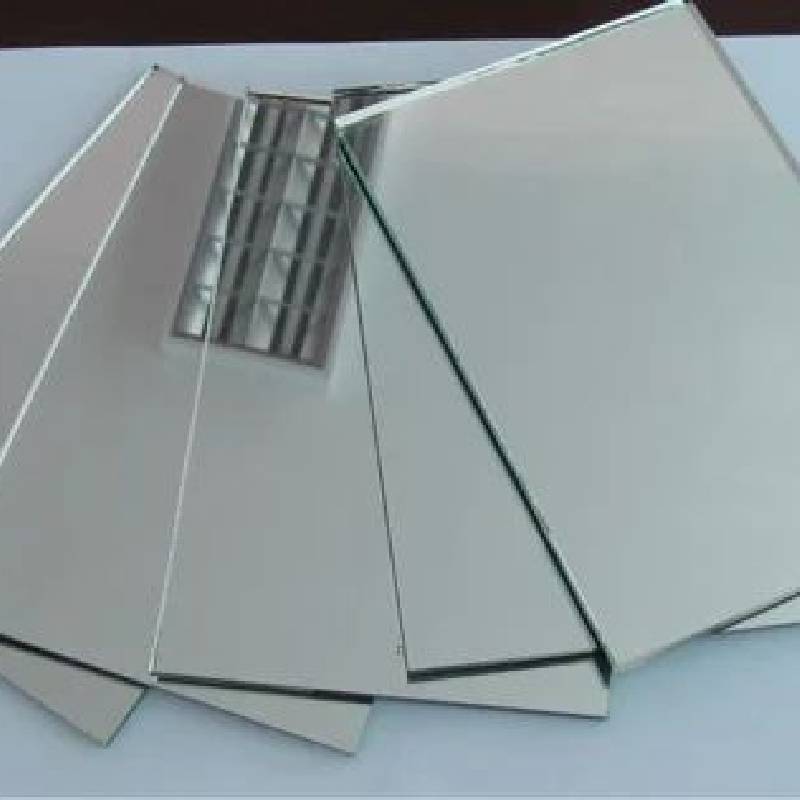

The Allure of Mirror Glass Design
In the realm of interior design, few materials evoke as much intrigue and elegance as mirror glass. This versatile substance has become a staple in contemporary architecture and decor, reflecting not just light, but also the personalities and styles of those who inhabit a space. Whether used strategically to create illusions of space or simply to add a touch of glamour, mirror glass design offers an array of possibilities that can transform any environment.
One of the primary advantages of incorporating mirror glass into a design scheme is its ability to enhance light. In homes and offices where natural light is limited, mirrored surfaces can amplify brightness, making rooms feel airier and more open. Strategically placed mirror panels can bounce light around a space, illuminating corners that might otherwise feel dark and oppressive. This not only contributes to a more inviting atmosphere but can also improve mood and productivity, creating an overall positive impact on the inhabitants.
Beyond functionality, mirror glass serves an aesthetic purpose. Its reflective quality introduces a dynamic element to design, allowing for a play on shapes, colors, and textures. Designers frequently use mirror glass to create focal points or accent pieces that capture attention without overwhelming the overall design. For instance, a large, ornate mirror can serve as a statement piece in a living room, drawing the eye while simultaneously reflecting the beauty of the space. The ability to customize the frame and style of these mirrors further allows for alignment with specific themes, whether modern, rustic, or eclectic.

Furthermore, mirror glass can enhance spatial dynamics in a room. By incorporating mirrors into walls, furniture, or decorative items, designers can trick the eye into perceiving a larger area. In small apartments or confined spaces, mirrored furniture such as coffee tables or side tables can create an illusion of depth, making these areas feel more expansive than they are. This clever manipulation of perceived space is a testament to the creativity that mirror glass design can inspire.
However, it is essential to consider placement and proportion when using mirror glass. An overabundance of reflective surfaces can lead to a chaotic visual environment that may overwhelm rather than soothe. Designers often recommend balancing mirrors with other materials, such as wood or fabric, to create a harmonious blend of textures. Additionally, using mirrors sparingly in smaller rooms can ensure they enhance rather than dominate the design narrative.
Another fascinating aspect of mirror glass design is its ability to adapt to various styles and trends. From minimalist spaces that embrace clean lines to extravagant designs that celebrate opulence, mirror glass can be molded to fit any aesthetic. Moreover, innovations in mirror technology have led to a variety of options, including tinted, etched, and even smart mirrors, broadening the potential applications in modern homes and commercial spaces.
In conclusion, mirror glass design stands as a powerful tool in the arsenal of interior designers. Its ability to enhance light, create illusions of space, and bring a touch of luxury makes it a beloved choice in the world of design. Whether you're looking to create a serene sanctuary or a vibrant social hub, incorporating mirror glass is sure to elevate your space to new heights. As we continue to explore and redefine interior aesthetics, mirror glass will undoubtedly remain a shining star.